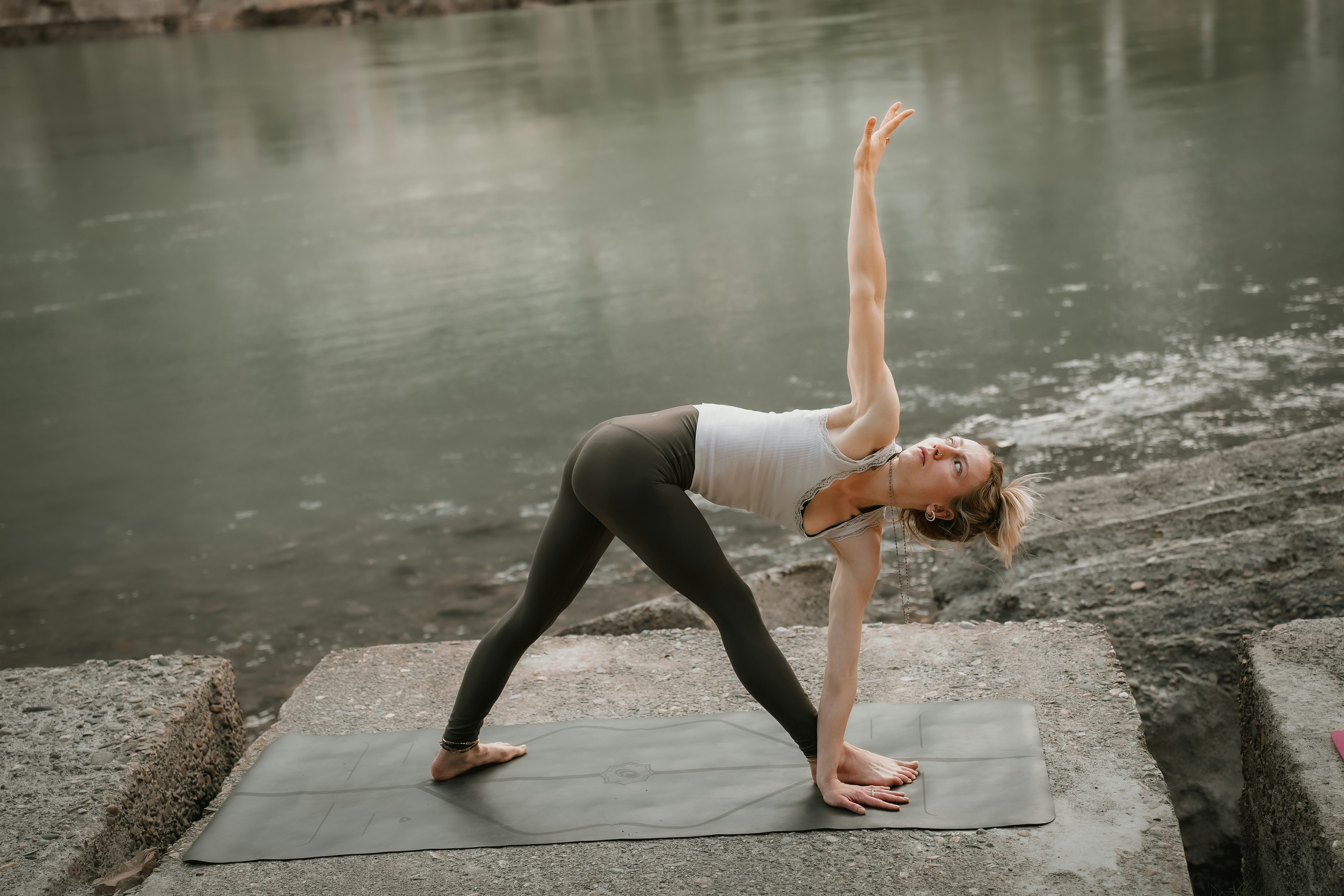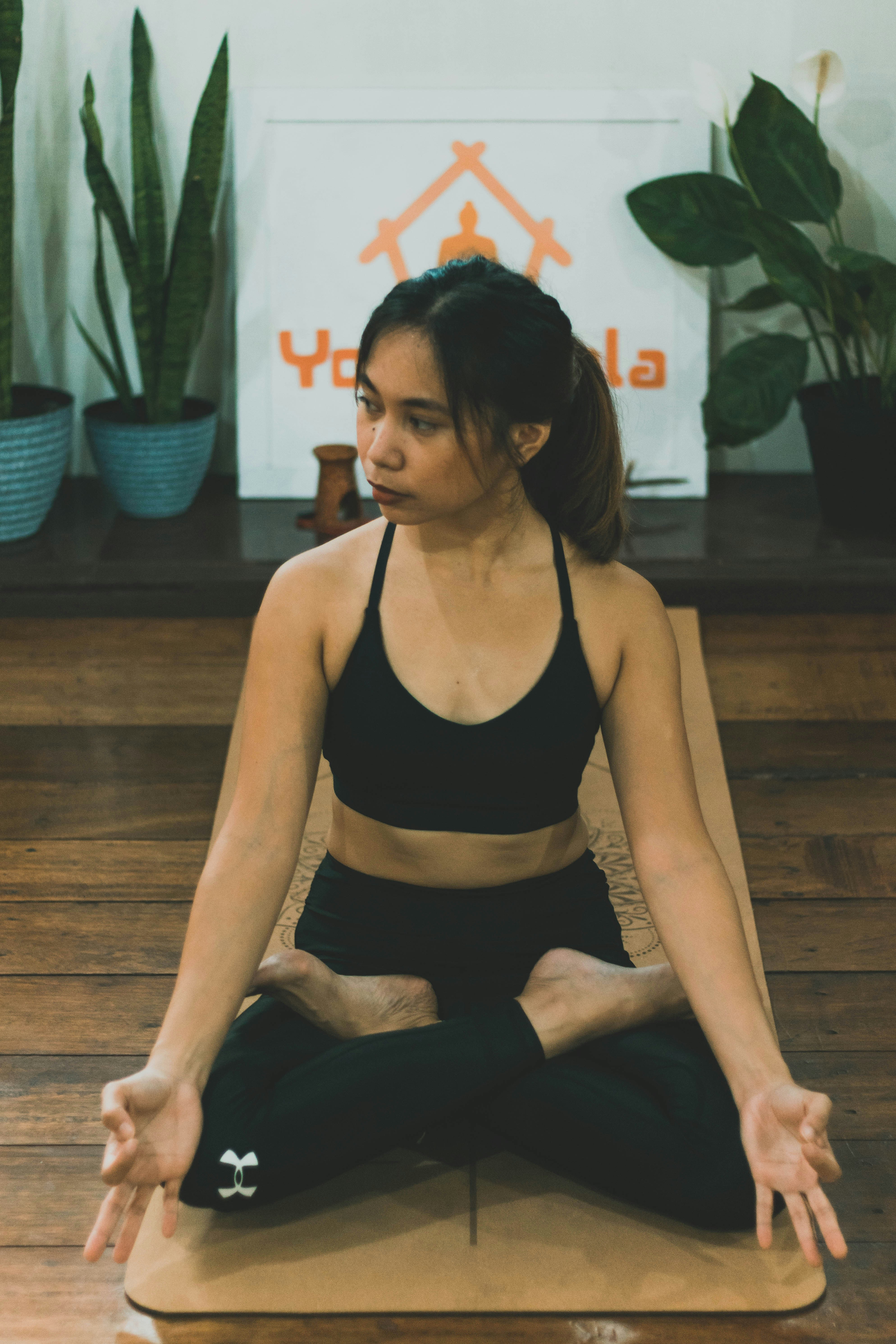Benefits of Easy Pose
The Easy Pose, commonly referred to as Sukhasana, offers a myriad of physical and mental benefits that can enhance overall well-being. One of the primary advantages of this seated position is its ability to improve flexibility. As practitioners consistently engage in this pose, the gentle stretch through the hips, knees, and ankles promotes enhanced mobility, which is especially beneficial for individuals who may experience stiffness from prolonged sitting or sedentary lifestyles.
In addition to its physical advantages, Easy Pose serves as an excellent aid for relaxation. By encouraging a calm and centered position, this pose can help alleviate tension in both the body and the mind. Many find that holding the Easy Pose can promote a sense of serenity, providing an opportunity to disconnect from the busyness of daily life and focus inward, which is crucial for mental well-being.
Moreover, the Easy Pose enhances concentration and mental clarity. Sitting in this pose encourages upright posture, fostering attentiveness and mindfulness. This position serves as a foundation for meditation, allowing practitioners to cultivate a greater awareness of their thoughts and feelings, ultimately leading to improved cognitive function.
This grounding posture also nurtures better alignment and body awareness. As individuals engage with Easy Pose, they develop a deeper understanding of their bodies and how to maintain equilibrium. This acquired proprioceptive awareness can positively influence daily activities, contributing to a more mindful approach to movement and posture throughout the day.
Furthermore, many individuals report a reduction in anxiety and stress levels when practicing Easy Pose regularly. This calming effect is largely attributed to its role in facilitating deep, rhythmic breathing, which lowers heart rate and can induce a state of relaxation. In essence, Easy Pose is not only accessible for practitioners of all levels but serves as a versatile tool for fostering both mental peace and physical balance.
Modifications for Easy Pose
For many practitioners, the traditional Easy Pose, or Sukhasana, can present challenges due to varying levels of flexibility and hip mobility. Fortunately, there are several modifications that can make this pose more accessible while still allowing individuals to reap its benefits. Utilizing props can enhance comfort and stability, supporting the body in a way that aligns with its unique needs.
One effective modification is the use of cushions or folded blankets placed underneath the sit bones. By elevating the hips, this adjustment can alleviate tension in the lower back and encourage a more relaxed posture. Additionally, for those who struggle with tight hips, a yoga block can be placed between the knees. This not only aids in maintaining alignment but also allows for a gentler opening of the hips. Such adjustments enable practitioners to enjoy the ease and comfort intended in the pose.
For individuals with limited flexibility, adjusting the position of the legs can also be beneficial. Rather than crossing the legs fully in front of the body, practitioners may find it more comfortable to place one foot in front of the other or even extend the legs out in front of them, keeping the feet hip-width apart. This variation allows the body to remain relaxed while still keeping the spine elongated.
Furthermore, paying close attention to the alignment of the spine is essential for practicing Easy Pose safely. Ensuring that the shoulders are relaxed, the chest is open, and the chin is slightly tucked can promote optimal body positioning. By incorporating these modifications and adjustments, practitioners of all experience levels can engage in this calming pose, benefiting from its meditative and restorative effects.
Contraindications for Easy Pose
While Easy Pose, often regarded for its accessibility and benefits, can be a valuable element of a yoga practice, certain contraindications must be acknowledged to ensure practitioner safety. Individuals with pre-existing knee, back, or hip issues may find that the position exacerbates their conditions. For instance, those experiencing chronic knee pain should approach Easy Pose with caution, as the posture may place unnecessary strain on the knee joints. Similarly, individuals with lower back injuries may struggle to maintain an upright posture, leading to potential discomfort or further injury. Therefore, careful consideration and modifications become essential in these cases.
Furthermore, pregnant individuals may need to avoid Easy Pose, especially in later trimesters, due to the pressure it can place on the abdomen and lower back. It is crucial for these practitioners to engage in poses that affirm their comfort and safety, as changes in body alignment can significantly impact their yoga experience. Consulting with a qualified instructor or healthcare provider before practicing Easy Pose is highly recommended to ensure that suitable alternatives or modifications are identified.
For those recovering from injuries, it is vital to listen to one’s body throughout the practice. Discomfort is often a signal that adaptation or cessation is necessary. Practitioners should assess their physical limitations and take a mindful approach, possibly opting for more supportive poses until they attain a sufficient level of recovery. By prioritizing personal well-being and adherence to professional guidance, individuals can safely navigate their yoga journey while exploring poses like Easy Pose.
Practicing Easy Pose Safely and Effectively
To practice Easy Pose safely and effectively, it is essential to create an environment that fosters relaxation and focus. Begin by selecting a quiet space free from distractions, allowing for a deeper connection with your breath and body. This tranquil atmosphere facilitates mindfulness, enabling practitioners to be fully present during their practice.
Breathing techniques play a critical role in enhancing the benefits of Easy Pose. Concentrating on deep, rhythmic breathing can help to deepen relaxation and instill a sense of calm. Inhale slowly through the nose, allowing the abdomen to expand fully, and exhale gently through the mouth or nose. This breathing pattern not only anchors the mind but also assists in releasing any built-up tension within the body, promoting a more profound experience while in the pose.
Integrating Easy Pose into a broader yoga routine can lead to a well-rounded practice. Use it as a restorative pose by incorporating it between more vigorous postures or at the beginning and end of your session to ground yourself. This strategic placement allows the body to recover and helps maintain energy levels throughout your practice. When transitioning in and out of Easy Pose, do so mindfully by moving slowly and with intent. Ensure that you ease into the pose without forcing your body, using props like cushions or blocks to support your hips and knees if necessary.
Lastly, be attuned to your body’s signals. If you experience pain or discomfort while practicing Easy Pose, consider adjusting your positioning or taking a break. Building a mindful awareness of your body’s limits will lead to safer and more effective practices in yoga. With these tips, practitioners can enjoy the many benefits of Easy Pose while cultivating a peaceful and focused state of mind.
Image credit: https://www.verywellfit.com/thmb/u8fp9iYKf52tF2uFoJJJHMO5YyI=/1500×0/filters:no_upscale():max_bytes(150000):strip_icc()/EasyPose_annotated-bf09d34e02034bcf845c6a199aec9b18.jpg
:max_bytes(150000):strip_icc()/EasyPose_annotated-bf09d34e02034bcf845c6a199aec9b18.jpg)



Leave a Reply